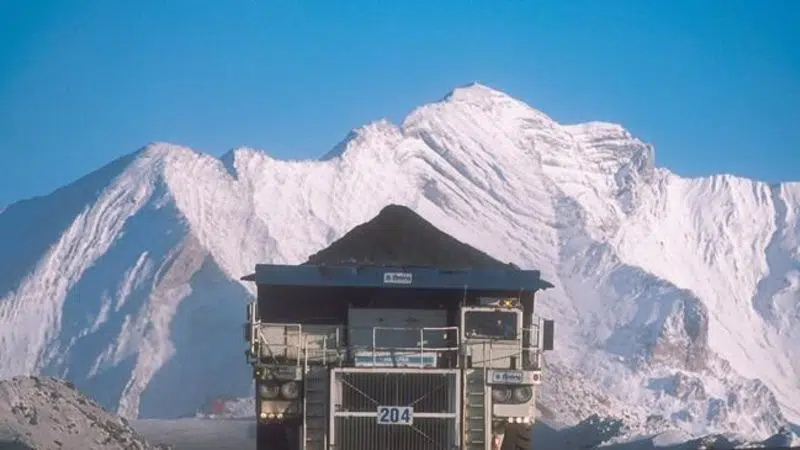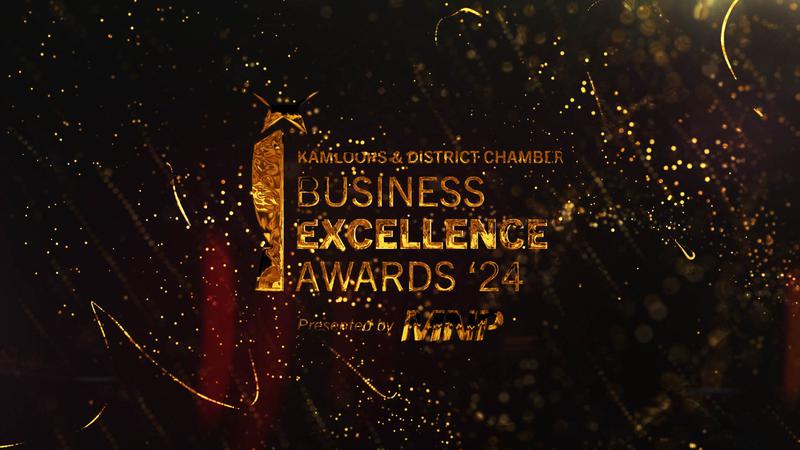
Oilsands mine in public interest despite ‘significant adverse’ effects: panel
CALGARY — A federal-provincial panel says a proposed northeastern Alberta oilsands mine would be in the public interest, even though it would likely significantly harm the environment and Indigenous people.
Vancouver-based Teck Resources Ltd. aims to build the $20.6-billion Frontier mine near Wood Buffalo National Park in two phases.
Its total capacity would be 260,000 barrels of oil a day. More than 290 square kilometres of land would be disturbed.
Teck has said it aims to start producing oil in 2026, with the mine lasting for more than four decades.


